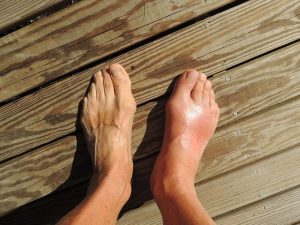The term Podiatrist means foot specialist, someone who will manage all areas of foot care from simple nail cutting and treatment of corns and callous to assessment and treatment of Diabetic foot problems, minor surgery under local anaesthetic and sports injuries.
One of one of the questions that podiatrists get asked most is “how can you do this job looking at smelly feet all day?” well there is a great deal of variation; during the course of a clinical session they may find them self treating sports injuries, ingrown toe nails, corns and callous, Painful bunions, Heel pain and plantar fasciitis, diabetic ulcers , infections of the skin and nails, Verrucas (planter warts), children’s foot problems, or doing gait analysis, biomechanical assessment and prescribing orthotics. Generally speaking patients arrive in pain or discomfort and go home feeling better so there is a lot of satisfaction although maybe not much glamour.
Most first time consultations will start with a medical history as the feet cannot be treated in isolation and many systemic illnesses can affect the feet and vice versa. This is usually followed by examination and then diagnosis. Diagnosis is crucial; if this is wrong the treatment is bound to fail. Once a diagnosis is made this is carefully explained to the patient and or their guardian and treatment options discussed. A treatment plan can then be made based on informed choices from patient and practitioner.
Many of the problems encountered in the foot have an underlying biomechanical problem. This means that the problem is due to the way the feet and legs function, feet may “flatten out “or the arch may be too high. In turn this may cause increased pressure or stress on a particular part of the foot or leg leading to pain and dysfunction. A podiatrist can assess the alignment problem and prescribe the appropriate orthotic foot support to go into the shoe, as well as address any problems with muscle weakness or imbalance.
Podiatrists play a crucial role in diabetic foot care. Diabetes can have significant impact on the health of the feet and sadly diabetics represent the largest group of lower limb amputees. Diabetes can damage blood vessels and nerves in the feet and affect healing in the feet. But complications are avoidable with good education, diabetic control and assessment of diabetic patient’s feet. This usually involves looking at blood flow using Doppler ultrasound and assessment of any nerve damage in the foot. Advice on foot ware and care will be given. Prevention is definitely the key here and diabetic feet should not be ignored.
In our journey through life it is the feet that do the hard work but are often sadly neglected, so look after them make that appointment to see the podiatrist today.









